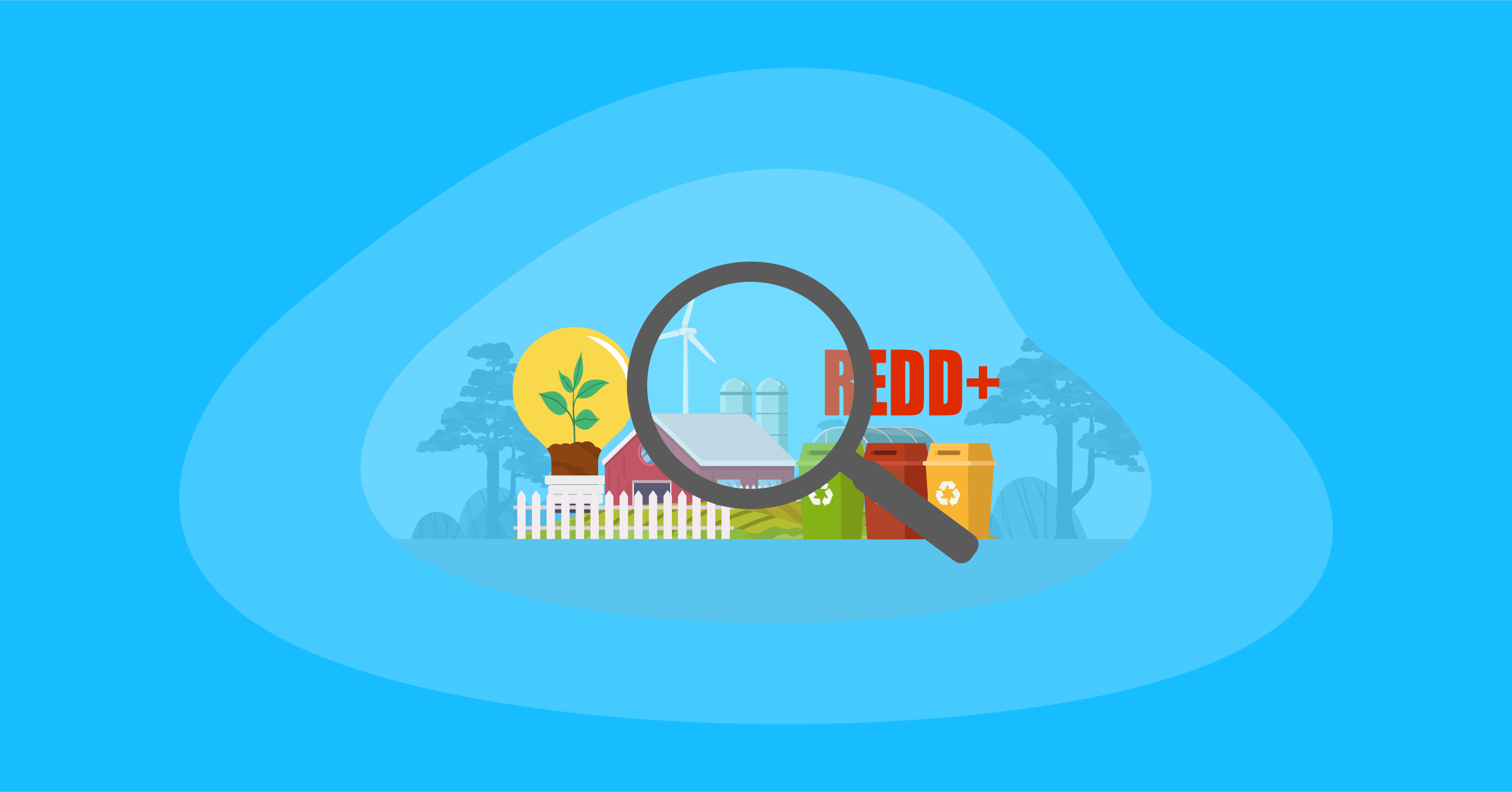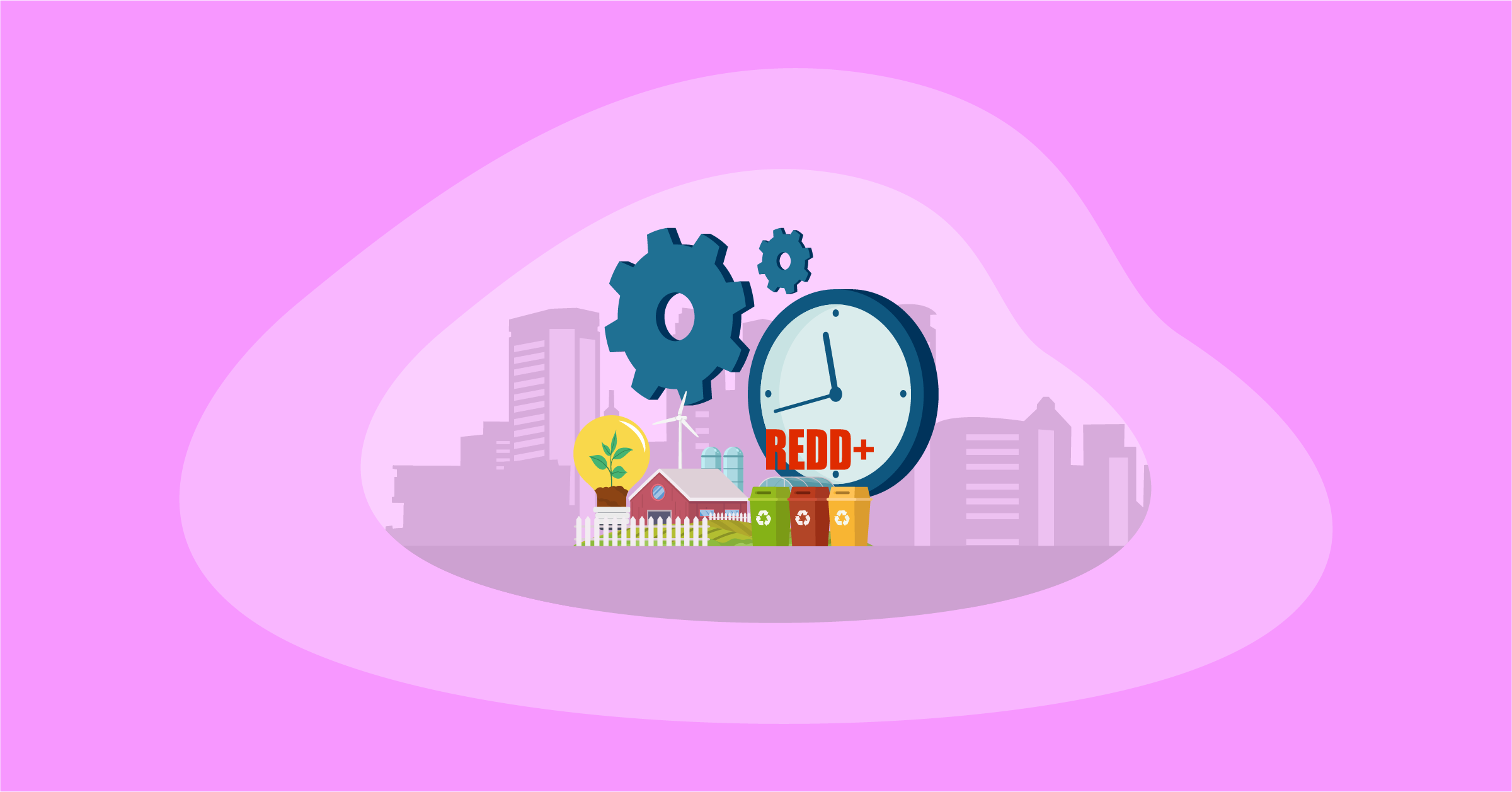10 Best Carbon Avoidance Offsets (Complete 2024 List)
Carbon avoidance practices are a proactive way of preventing carbon dioxide (CO2) from entering our atmosphere. Partnered with carbon offsets, carbon avoidance could play a crucial role in mitigating climate change. So, we had to ask: what are the best carbon avoidance offsets?















